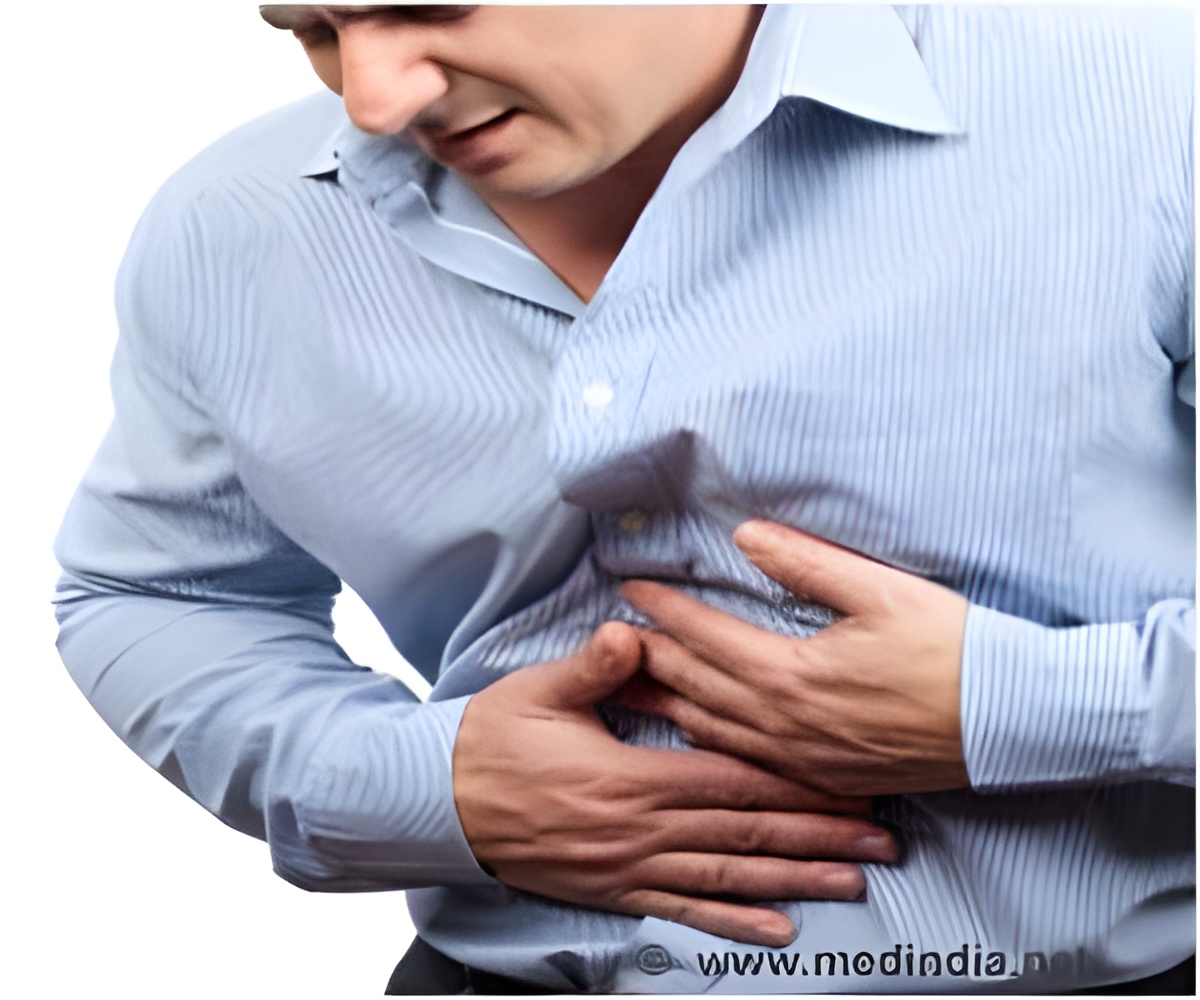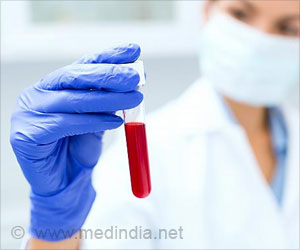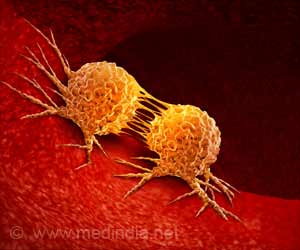A chink in the molecular armor of Ras has been uncovered by a drug discovery team at Genentech, Inc.,.

The first human oncogene to be identified, Ras is mutated in about 25% of all human tumors. For cancer patients, the presence of an activated Ras oncogene is a poor prognosis marker.
Ras has a molecular on-off switch, activated by the energy transfer molecule GTP. In the "on" position, the oncogene activates critical cell signaling pathways involving cell proliferation, cell migration and cell differentiation, all of which are in hyper-drive in tumors.
To develop a drug that would switch off Ras, scientists needed a binding site, an opening in the Ras oncoprotein to which the docking mechanism of a therapeutic molecule could attach.
At the ASCB meeting, Joachim Rudolph, Ph.D., Weiru Wang, Ph.D., and Guowei Fang, Ph.D., of Genentech, a member of the Roche Group, reported that they identified such a binding pocket by fragment-based lead discovery, a screening process that sorted through 3,300 small molecule compounds. Nuclear magnetic resonance (NMR) spectroscopy was used to pinpoint molecules with even a weak affinity for binding to Ras oncoproteins. The researchers identified 25 compounds, none of which knocked out the oncoprotein.
However, NMR spectroscopy revealed that the 25 compounds were binding to the same location on the Ras oncoprotein. The researchers determined that the binding pocket was not static but could be enlarged once the ligand from the small molecule engaged it, providing researchers an opening for engineering the next generation of compounds.
Advertisement
"The small molecules identified here represent the first generation of Ras inhibitors that directly prevent Ras activation," Fang said.
Advertisement










